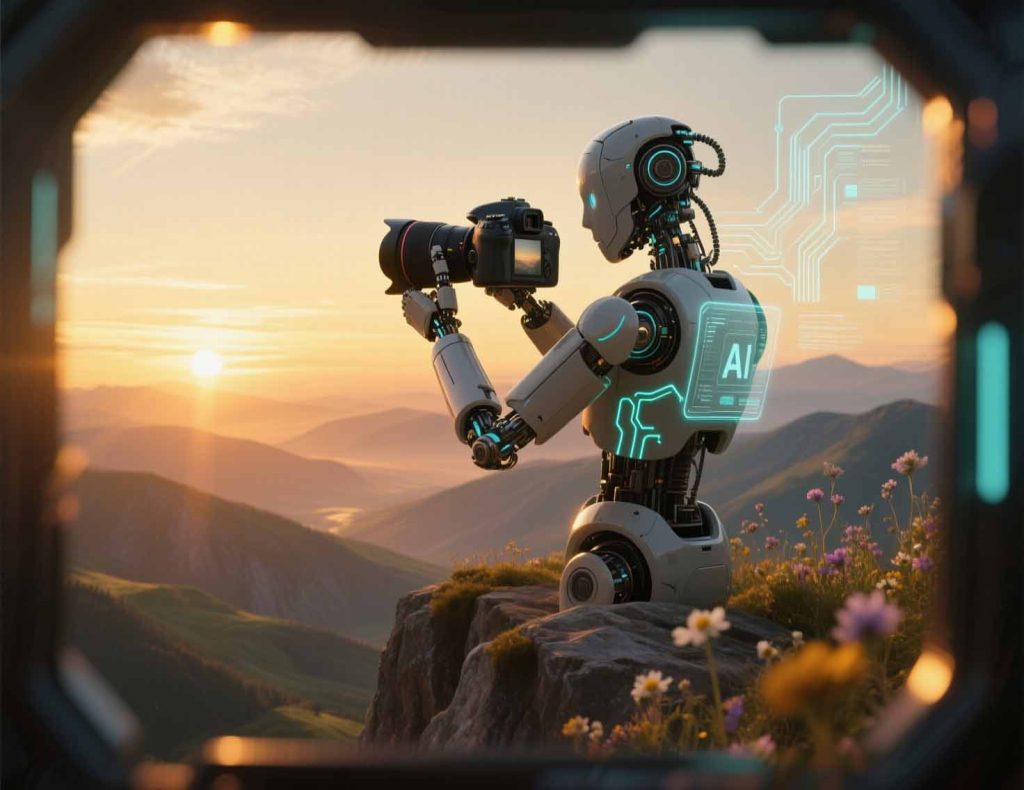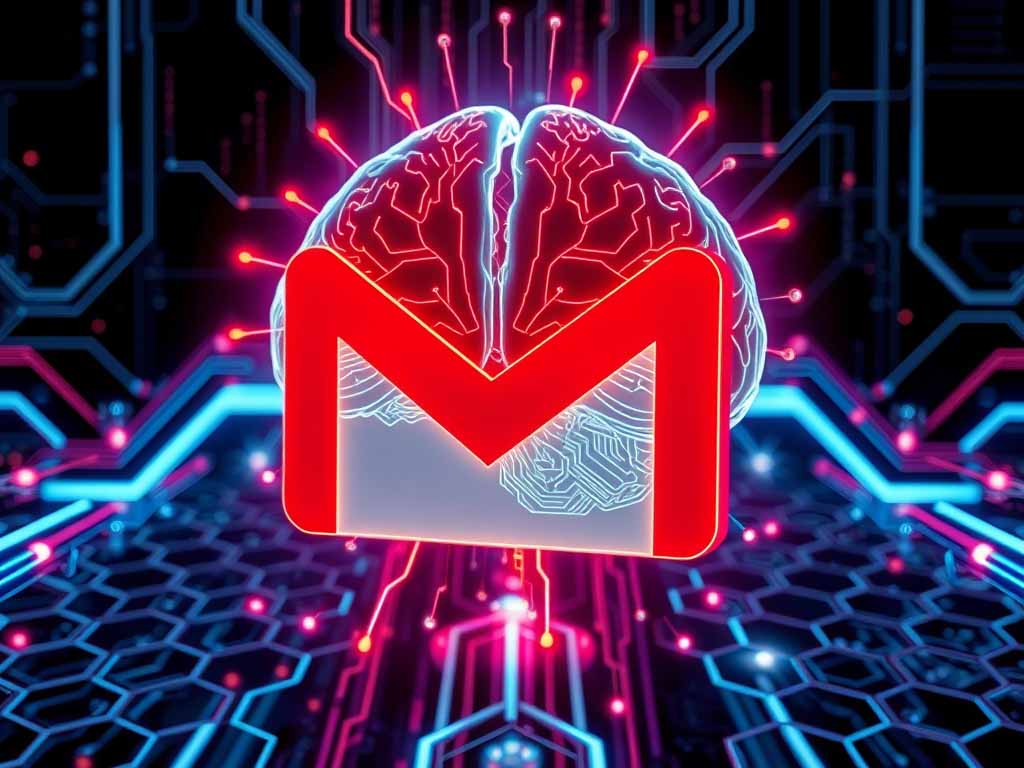I’ll never forget the first time my phone told me where to stand for a “better photo.” It buzzed gently, like a polite friend saying, “Uh… maybe tilt it a bit, the lighting sucks over there.” And you know what? The photo was better. Annoying but true.
That was my tiny wake-up call: photography isn’t just about human eyes anymore. AI is creeping into the lens, tweaking, enhancing, even deciding what beauty looks like. Which raises a weird, slightly uncomfortable question: when machines become the photographers, do they see beauty the same way we do?
AI Already Takes Photos. Lots of Them.
Let’s get one thing clear: AI photography isn’t futuristic. It’s already in your pocket.
- Smartphone cameras: Every iPhone or Samsung shot goes through AI magic—sharpening faces, smoothing skies, erasing photobombers. You think you’re snapping a “natural” picture? Nope. AI just Photoshopped it before you even saw it.
- Professional gear: High-end cameras now use AI autofocus, predicting where a bird will fly or how a soccer player will dive. Sports photographers swear by it.
- AI-generated “photos”: Apps like MidJourney and Stable Diffusion can create hyper-realistic portraits of people who don’t even exist. They’re not photos; they’re hallucinations dressed as reality.
So yeah. AI isn’t just taking photos—it’s deciding what we should see.
The Human Side of Beauty
But let’s rewind. What even is beauty in photography?
For me, it’s messy. It’s the blurry Polaroid of your dad laughing or grainy street shot that accidentally captures a stranger wiping a tear. It’s flawed, imperfect, human.
Ask a machine, though, and beauty often comes out symmetrical, polished, flawless. Blue skies. Even lighting. Faces with perfect skin. Basically… Instagram without the chaos.
The risk? We start letting machines redefine beauty as “perfection,” forgetting that sometimes beauty is a crooked smile or bad lighting that feels raw and real.
Machines Don’t Feel Nostalgia
Here’s a big one: AI doesn’t feel. It can “recognize” that sunsets are popular because millions of people photograph them. But it doesn’t know why your grandma’s kitchen at dusk feels beautiful to you.
- We see memory. Machines see pixels.
- We feel stories. Machines see symmetry.
- We carry emotion. Machines carry data.
That’s the gap. That’s the soul missing from AI’s version of beauty.
Real-World Example: The AI Beauty Contest
Here’s a true story that still creeps me out. In 2016, there was an AI-powered beauty contest called Beauty.AI. The judges were algorithms trained on thousands of images. Guess what happened? Out of 6,000 human entries, almost all the winners were white.
The AI had absorbed biased training data, equating lighter skin with “beauty.” Ugly reminder: when machines define beauty, they reflect our cultural blind spots—and sometimes amplify them.
That’s why “AI photographers” aren’t neutral. They’re programmed by us, with all our mess, prejudice, and preferences baked in.
Where AI Photography Helps
Alright, let me not be all doom and gloom. AI photography has some serious perks:
- Accessibility: Visually impaired people can use AI to “describe” photos out loud.
- Efficiency: Sports, wildlife, and event photographers save time with AI autofocus and editing.
- Restoration: Old family photos can be restored by AI, reviving memories that were fading away.
- Creativity: AI can generate surreal imagery humans could never capture—a flying city at sunset, portraits of people who never existed.
When used as a tool, AI photography is breathtaking.
But Should AI Decide What’s Beautiful?
Here’s the heart of it. Should we let machines tell us what’s worth capturing, posting, remembering?
If we keep feeding on AI-curated beauty—smooth, perfect, symmetrical—we risk losing the messy, emotional chaos that makes photography human. A machine might ignore the shaky shot of your kid’s first soccer goal, but you’d frame it forever.
Beauty is subjective. Messy. Biased in the best way. And that’s exactly why AI can’t own it.
Final Thought
AI photography is here to stay. It’ll make photos sharper, edits easier, and maybe even redefine “perfect” images. But perfect isn’t the same as beautiful.
So yeah, let the machines help. But don’t let them take over. Keep clicking messy, blurry, heartfelt photos that make no sense to anyone but you. Because that’s the kind of beauty only humans can see.



